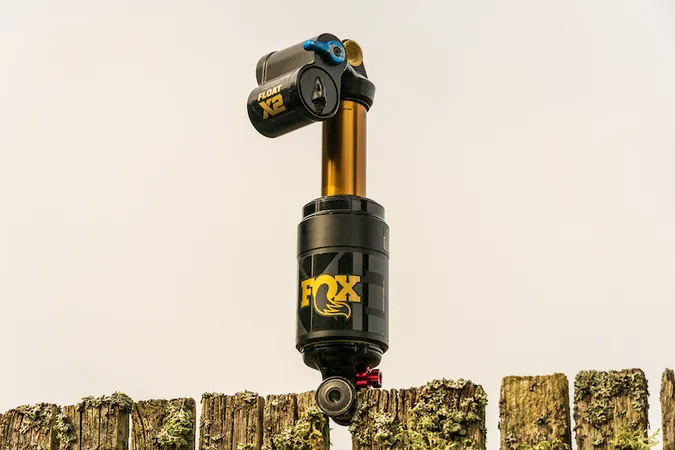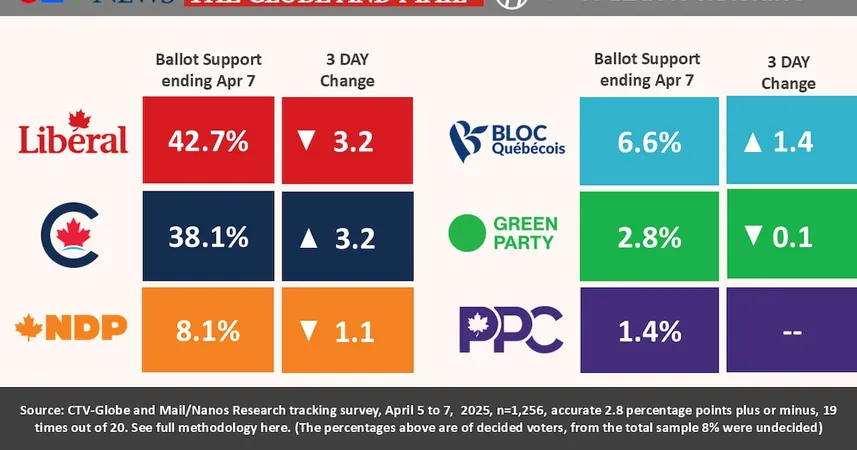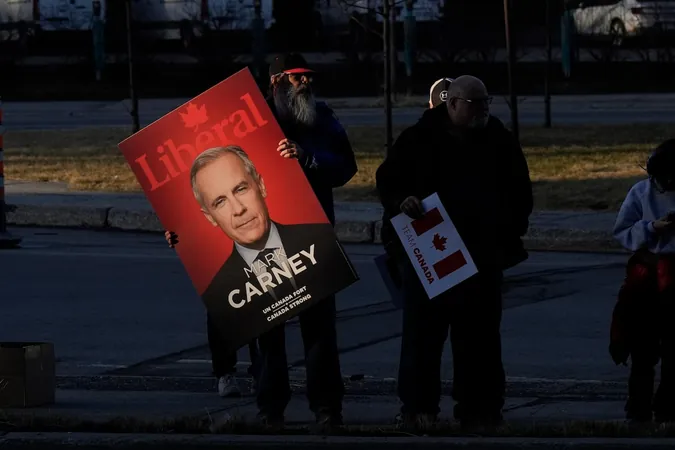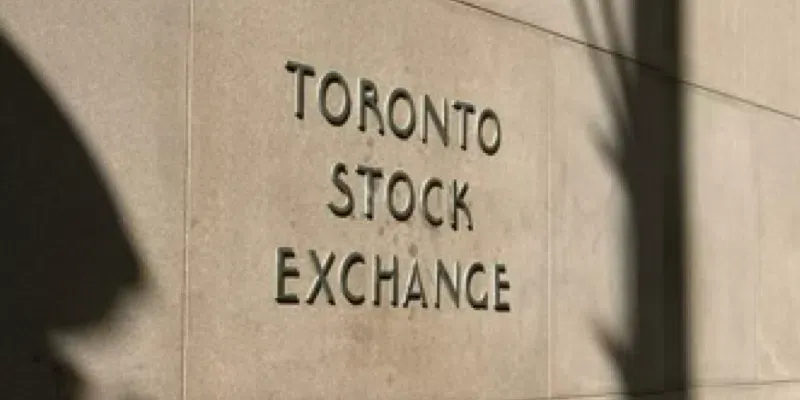
Urgent Updates: Devastating Wildfires Ravage Los Angeles Amidst Looming Santa Ana Winds
2025-01-17
Author: Olivia
Overview of the Eaton Fire
The catastrophic Eaton Fire, which erupted on January 7, has quickly escalated into one of California's most destructive wildfires on record. Just four days into its devastation, the Altadena community bears a haunting resemblance to a war zone, with armored vehicles and National Guard units stationed at the entrances of neighborhoods that still smolder from the blaze. Once vibrant neighborhoods, established decades ago by Black residents who faced systemic redlining, are now littered with the charred remains of vehicles, their rims melted into pools of silver, indifferent to the destruction surrounding them.
While many homes have been reduced to ruins, a handful stand miraculously untouched amidst the surrounding devastation. Some residents have begun to return, grappling with the overwhelming destruction and wondering if the Altadena they knew can ever be restored. Authorities estimate that the Eaton Fire has either damaged or completely destroyed over 7,000 properties, including homes, businesses, and even schools, with the altar of the Altadena cemetery not being spared from the flames.
Evacuation Orders and Human Cost
Despite the progress being made in containing the wildfires in Los Angeles, officials are warning residents to brace for another round of perilous Santa Ana winds expected early next week. Currently, over 170,000 individuals remain under evacuation orders. Many families eager to assess the damage in their neighborhoods may have to wait another week or longer before returning, as the removal of hazardous materials continues. For some, the prospect of returning home remains months away.
Tragically, the wildfires have claimed at least 27 lives, with the most recent victim being a 69-year-old grandfather reported missing during the Palisades fire in Malibu. Investigators are still determining the precise causes of these major fires, a process they acknowledge could take months.
Further Developments Post-Fire
In other developments regarding the aftermath of these fires: - **Hazardous Conditions:** The wildfires have resulted in dangerous air quality and water contamination risks. Residents are advised to check with local water utilities to confirm the safety of their tap water. The flames have destabilized land on many slopes in Pacific Palisades, increasing the risk of landslides. - **Housing Aid:** California's Governor Gavin Newsom is taking steps to meet the immediate housing needs of wildfire victims. Recently, he suspended regulations that would prevent mobile homes and RVs from being placed on private properties outside of mobile home parks to facilitate temporary housing during the rebuilding process. - **Emergency Alert Errors:** Confusion during the wildfire crisis was exacerbated by erroneous emergency alerts sent to residents' cell phones, revealing significant flaws in the alert system used nationwide. - **Price Gouging:** Amidst the crisis, some landlords in Los Angeles have been reported to be exploiting the situation, with rental prices climbing hundreds or even thousands of dollars—raising concerns about price gouging laws failing to protect vulnerable tenants.
Meteorological Concerns
Anticipating additional complications, meteorologists expect a weather pattern that could bring the coldest temperatures of the year to the Eastern U.S. Unfortunately, this same pattern is predicted to prolong the dry conditions in Southern California, with the National Weather Service warning of an over 60% chance of red flag warnings on Monday and an 80% risk on Tuesday.
Although winds are expected to be less fierce than in previous events—with gusts anticipated between 30-50 mph—fire risk remains high due to dry air conditions and an ongoing drought. Southern California has seen almost no rainfall since October; in fact, Los Angeles has recorded a meager 0.03 inches since October 1, far below the over 5 inches it typically receives during this period.
Drought Conditions
The latest reports from the Climate Prediction Center indicate that nearly the entire southern region of California is now experiencing severe drought, with 90% of Los Angeles County classified under severe drought conditions, a sharp increase from just weeks earlier.
Understanding Containment and Ongoing Risks
Meanwhile, as firefighting efforts continue—leading to increasing containment percentages—it’s essential to clarify what this term means. "Containment" does not equate to extinguishment; instead, it implies that firefighters have established control lines preventing the fire's growth. Even if a fire is deemed 100% contained, it may still burn within those boundaries for an extended period.
Warnings Against Scams
In parallel to these firefighting efforts, the FBI has issued a warning to wildfire victims about potential scams. As fraudsters seize the opportunity created by mass disasters, victims are cautioned to be vigilant against fake charitable solicitations and scams masquerading as disaster relief efforts.
Conclusion
As the situation continues to develop, residents and authorities alike are working tirelessly to assess the extent of the devastation while also preparing for the next wave of threats, highlighting the urgent need for both immediate relief and long-term recovery solutions in the wake of these heartbreaking wildfires.









 Brasil (PT)
Brasil (PT)
 Canada (EN)
Canada (EN)
 Chile (ES)
Chile (ES)
 Česko (CS)
Česko (CS)
 대한민국 (KO)
대한민국 (KO)
 España (ES)
España (ES)
 France (FR)
France (FR)
 Hong Kong (EN)
Hong Kong (EN)
 Italia (IT)
Italia (IT)
 日本 (JA)
日本 (JA)
 Magyarország (HU)
Magyarország (HU)
 Norge (NO)
Norge (NO)
 Polska (PL)
Polska (PL)
 Schweiz (DE)
Schweiz (DE)
 Singapore (EN)
Singapore (EN)
 Sverige (SV)
Sverige (SV)
 Suomi (FI)
Suomi (FI)
 Türkiye (TR)
Türkiye (TR)
 الإمارات العربية المتحدة (AR)
الإمارات العربية المتحدة (AR)